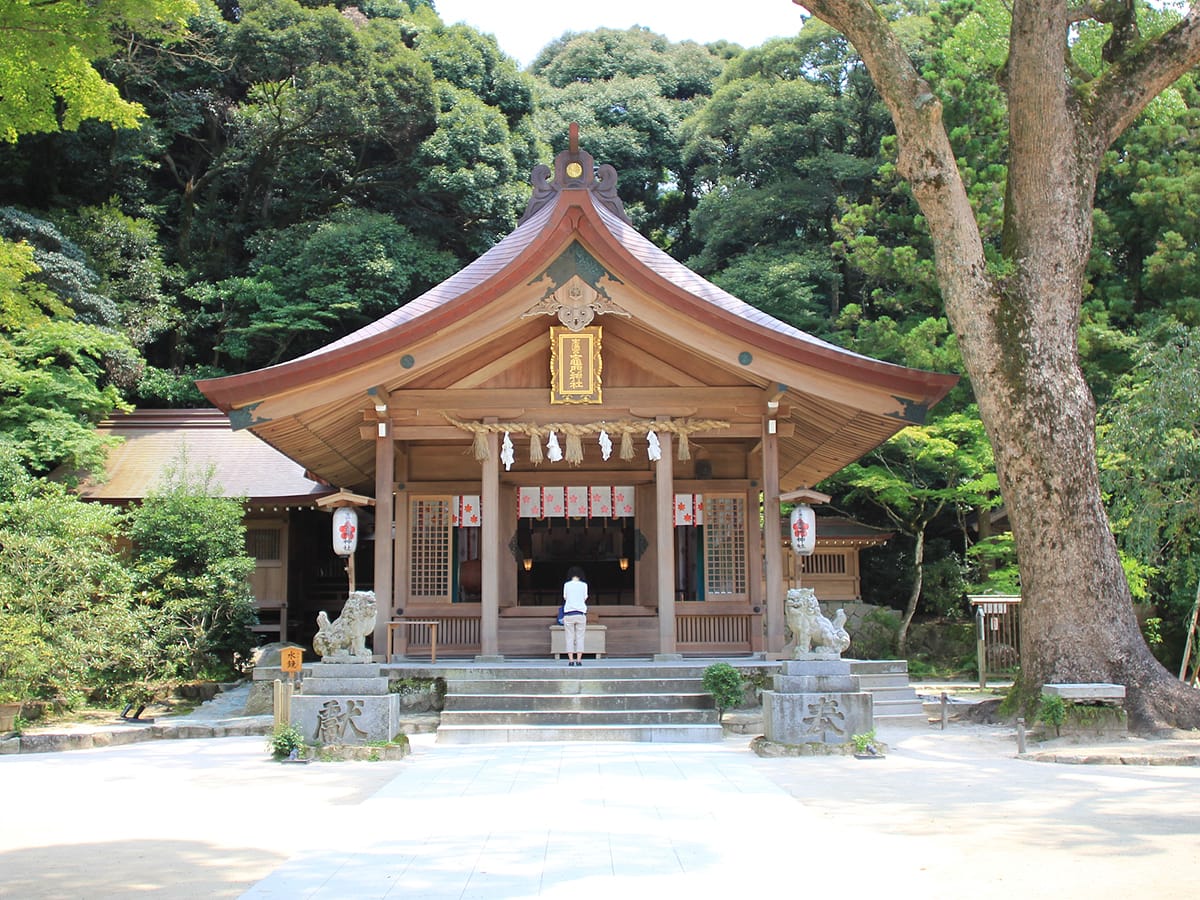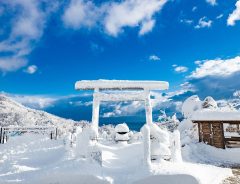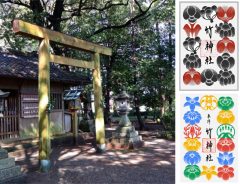
Source: fujisaka | © PIXTA
These shrines were probably the inspiration for Kimetsu no Yaiba: Demon Slayer
- Tags:
- anime pilgrimage / Beppu / Dazaifu / Demon Slayer / ema / Hachiman Kamado Shrine / Homangu Kamado Shrine / Kimetsu no Yaiba / Shinto shrine / Shrine
Related Article
-

Thumb harp artist beautifully covers themes from Studio Ghibli and Demon Slayer
-

Japanese photographer captures stunning view of snow-covered Kyoto Sandbar
-

Shrine in Mie Prefecture offers free Goshuin NFT as part of revitalization efforts
-

Kyoto Local Girl Asachill Guides Us Through The Charms of Pontocho
-

Total Concentration! Play hard and study hard with a new Demon Slayer Toy!
-

How one Japanese citizen is using manga & anime as a “secret” weapon against coronavirus


The popular manga and anime series Kimetsu no Yaiba: Demon Slayer has been in the news lately, which is nothing surprising by now. However, unlike most of the media coverage the franchise has received thus far, the recent attention is focused on two shrines which many believe hold the key to understanding the source of inspiration. As introduced in Fuji Television's "Mezamashi TV" morning variety show on February 19th, many fans are flocking to Kamado Shrine to leave ema prayer boards illustrated with characters and even some of them coming in full cosplay.
Here are some examples of ema showing off Kimetsu no Yaiba illustrations:
However, fans of the series are lucky to have not one Kamado Shrine but two. The first one, Hōmangū Kamado Shrine (宝満宮竈門神社) is in Dazaifu, Fukuoka Prefecture, and the second one, Hachiman Kamado Shrine (八幡竈門神社) is in Beppu, Oita Prefecture.
Hōmangū Kamado Shrine
fujisaka | © PIXTA
Although he doesn't make his profile public, Kimestu no Yaiba: Demon Slayer's creator Koyoharu Gotōge is known to be from Fukuoka Prefecture. Therefore, it's hard to think of it as a coincidence that there's a shrine called Kamado, the same name as the protagonist Tanjirō Kamado, in his home prefecture. But the similarities don't end there.
The shrine was established in 644 by imperial decree, to seal off a "demon gate" and protect the Dazaifu government, which was a branch of the Yamato Imperial Court.
And then there's Tanjirō's green and black checkered haori jacket. The shrine is located at the foot of Mount Hōman, which is famous as a training ground for Shugendō ascetics, who have a strong association with tengu and sometimes wear tengu masks such as you see in the image below.
Sound familiar? Tanjiro's teacher Sakonji Urokodaki wears a tengu mask. The ascetics perform rituals at Hōmangū Kamado Shrine, wearing checkered haori, including black checkered haori. Here's an image from the shrine's Instagram account of one wearing an orange checkered haori while burning votive sticks during the Goma ceremony:
One of the main attractions of the shrine is a stone monument inscribed with the name of Tamayori-hime, a goddess enshrined there. As fans know, Tamayo is the name of the skilled doctor and Tanjirō's ally who was turned into a demon by Muzan.
Hachiman Kamado Shrine
Things get even more interesting when you look into Hachiman Kamado Shrine.
There is a story associated with the shrine's stone steps, which is too astonishingly relevant to be a coincidence.
The story goes like this: A long time ago, man-eating demons appeared every night, tormenting the villagers. So the gods of the land told the demons: "Make a stone staircase of 100 steps in one night. If you succeed, we will give you a human sacrifice, but if you don't, you agree to leave and never return again." The demons worked through the night, but as they finished the 99th step, the first rays of sun appeared on the horizon, and the demons fled. Perhaps this is the inspiration for the demons who eat humans and have a mortal weakness to light in Kimetsu no Yaiba.
There are 36 deities enshrined at the temple, and they're called "the 36 pillars," which is the same word used to describe the most powerful swordsmen in Kimetsu no Yaiba.
It gets even better. Let's look at Tanjirō's breath styles. Kamado Kagura is a ceremonial dance performed at Hachiman Kamado Shrine. Hinokami Kagura (Dance of the Fire God) is a breath style only practiced by the Kamado family. It's inspired by kagura which is danced from dusk on New Year's Day to dawn the following day. At the shrine, Kamado Kagura is also performed at practically the same time of the year, the only difference being that it is performed from the last day of the year to dawn on New Year's Day. Another possible source of inspiration is inside the shrine. There's a white dragon on the roof of the worship hall. As fans know, a dragon appears in Tanjiro's most powerful water form Constant Flux / The Dragon of Change which he used in his battle with Rui.
Finally, this may be a stretch, but Tanjirō's sister Nezuko's name is written with the kanji 禰 ne, and the word negi 禰宜 meaning shrine official, has the same kanji. Moreover, she has a piece of bamboo in her mouth, which could be inspired by the fact that the region of Beppu is famous for bamboo crafts. Another thing is onsen (hot springs). The Beppu Hachiyu is a famous onsen area and there's an onsen in Tanjirō's hometown.
We've summarized the information in the chart below (tap or click on image to zoom in):
© grape Japan
Confirming the connection
According to the Nishi Nippon Shimbun, Koyoharu Gotōge has not officially admitted that either shrine was a source of inspiration for Kimetsu no Yaiba: Demon Slayer. However, using a very roundabout expression, he said he was grateful that readers were "livening things up in various ways."
The enigmatic response was a good strategy since it will surely encourage fans to continue their search for connections with Kimetsu no Yaiba.
If you'd like to visit the shrines, here is the information you need to know:
Hōmangū Kamado Shrine
Hachiman Kamado Shrine